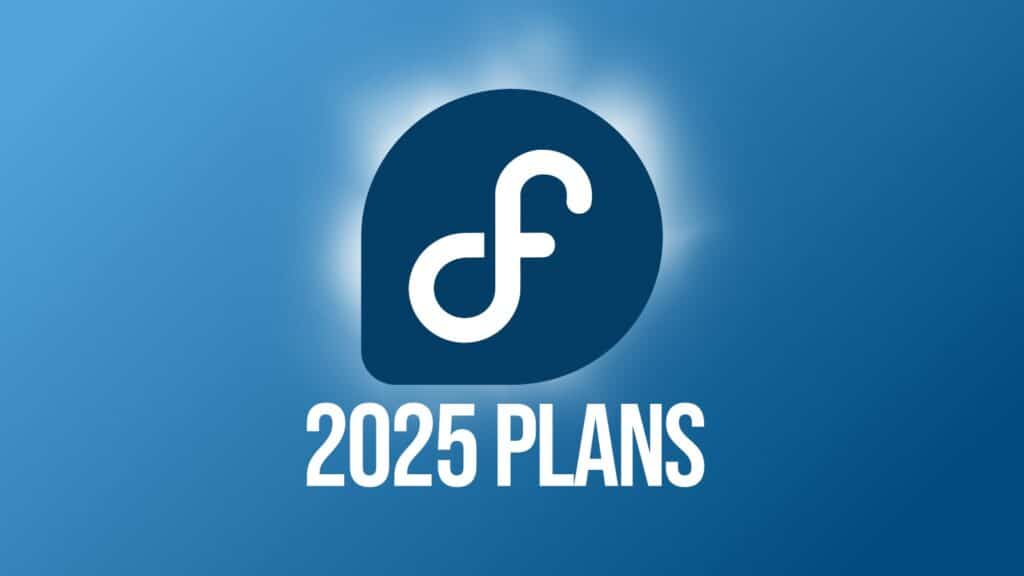Now that the festivities have wrapped up, the Fedora project is back in action with major plans for the coming months. In light of this, in the post on his blog, Christian Schaller, Red Hat’s Director of Software Engineering, shares the key priorities and focus areas for distribution development in 2025.
Embracing AI with IBM’s Granite
As the post clarifies, Fedora Workstation’s standout priority this year will be exploring ways to integrate artificial intelligence using IBM’s open-source Granite project.
On the Fedora side, brainstorming is already underway to figure out how to harness AI for GNOME, Fedora Workstation, and beyond.
According to Schaller, proposed ideas include ensuring easy access to tools like RamaLama, enabling accelerated AI within Toolbx, and even launching a brand-new Code Assistant powered by Granite.
Progress in Wayland Land
Another hot topic for the Fedora Workstation team is the ongoing evolution of Wayland. Although there were some rocky moments last year—thanks to disagreements and limited bandwidth for reviewing proposed protocols—developers have reached a consensus on moving forward.
In light of this, a small internal group actively reviews in-progress Wayland protocols to streamline development. This helps speed up progress and reduce bottlenecks, ensuring that Fedora Workstation offers the latest and greatest display server technology.
HDR Finally Merges
Fedora Workstation is finally gearing up for full HDR support. And here’s the big news – just before the holiday season, the long-awaited HDR protocol merged upstream, which is a huge milestone for desktop Linux as a whole.
Additionally, there are already submitted merge requests for HDR UI controls in the GNOME Control Center, so expect to see straightforward system-wide HDR configuration in the next Fedora Workstation release.
PipeWire Matures
As you know, PipeWire has become the default for audio and screen capture on Fedora. According to the Red Hat team, major features are now considered stable, with PulseAudio compatibility in good shape and JACK-like performance strong enough for most pro-audio users.
Video support also continues to improve. Screen capture is now fully mature, while camera support remains in progress—partly because the industry is transitioning from UVC cameras to MIPI-based devices. Luckily, PipeWire abstracts away most of the complexity, so apps like Firefox, Chrome, and OBS Studio can easily switch between V4L2 and libcamera.
Flatpak & Portals
Flatpak keeps gaining ground as the go-to sandboxing solution for desktop Linux applications. Recent developments include a new USB portal that securely grants Flatpak apps access to USB devices.
In parallel, work is underway to let system daemons be installed via Flatpak, which is vital for applications that communicate with hardware through a background service. However, this effort depends on some upstream systemd changes, but once merged, it will significantly expand what Flatpak can handle.
Accessibility Improvements
On the accessibility front, Fedora devs focus on everything from better support for the ORCA screen reader on Wayland to enhancements in GTK4. This work includes refining relevant portals and Wayland extensions so that users with different accessibility needs can enjoy a seamless experience on Fedora Workstation.
GNOME Software & DNF5
Last year, GNOME Software received a feature that signs NVIDIA drivers for Secure Boot. Now, the next target for Fedora devs is DNF5 support. Once in place, GNOME Software and the command-line DNF tool will finally share a single package cache, reducing disk space usage and avoiding those pesky out-of-sync situations that have annoyed users for years.
Firefox
Rounding out the highlights, Firefox is prepping for future-forward features in Fedora Workstation. The devs have been busy implementing portal support (making Firefox work smoothly under Flatpak) and merging HDR patches into the browser. PipeWire camera support is already good to go, so Firefox covers a lot of ground.
For more detailed information, refer to the Schaller’s blog post.

Did a single Fedora user actually ask for these AI “features”? Or are they just being foisted on us to artificially inflate AI adoption metrics?